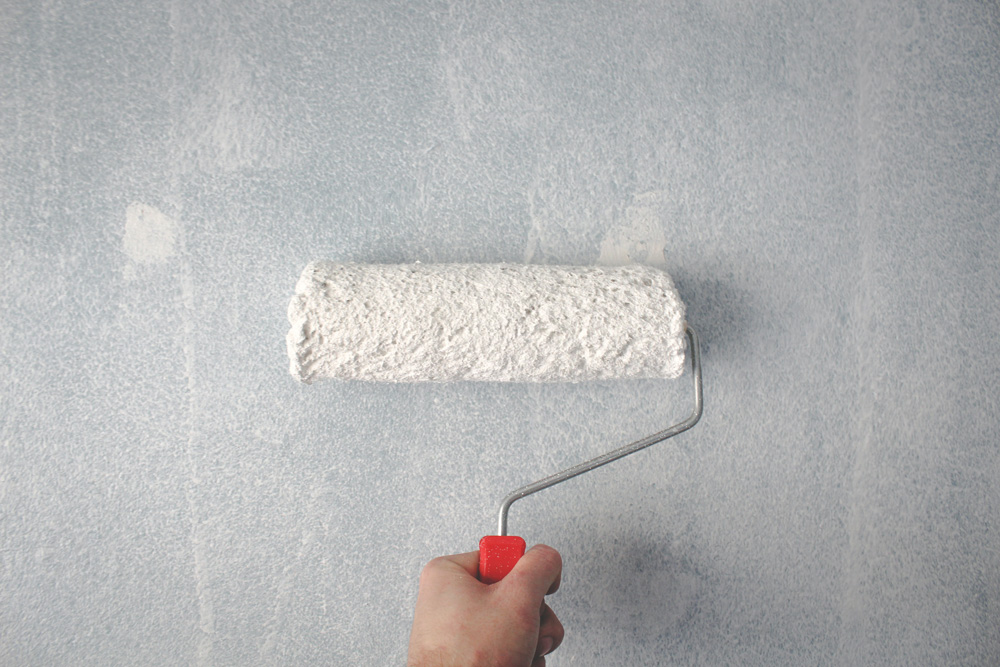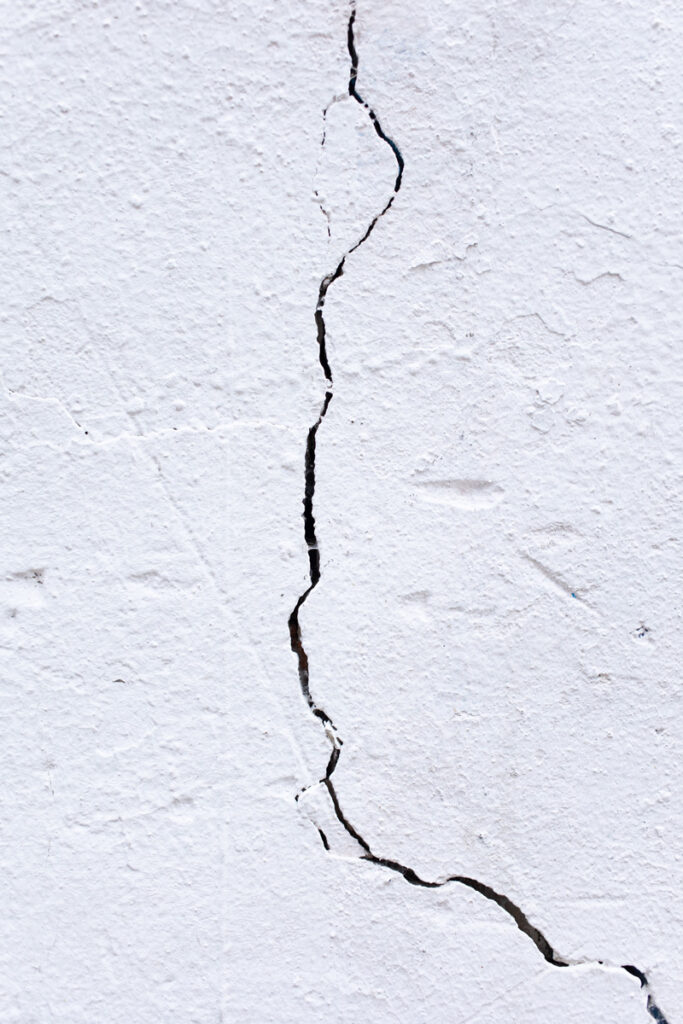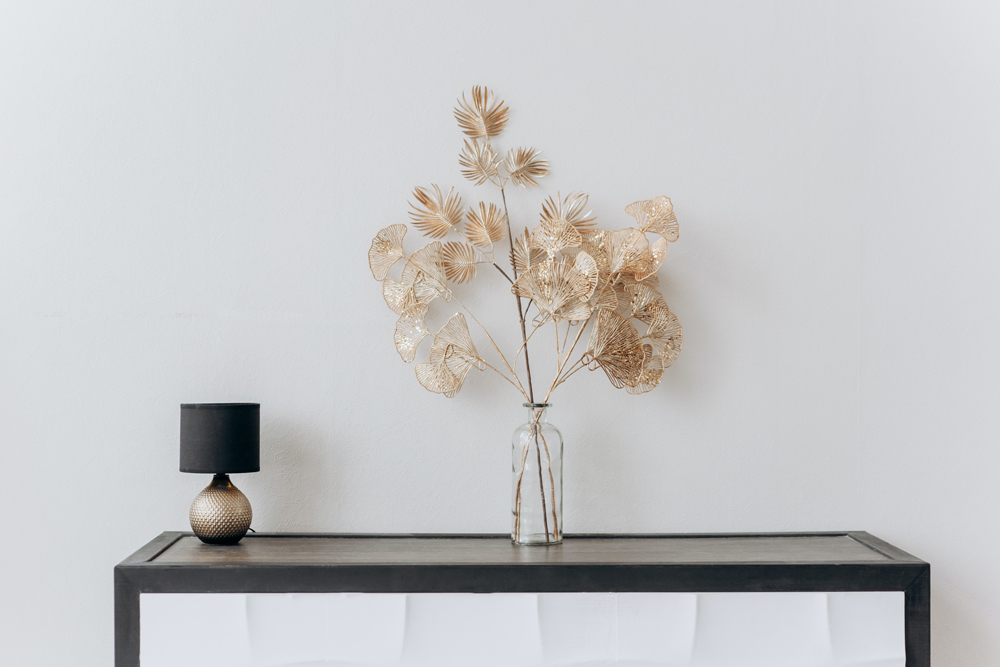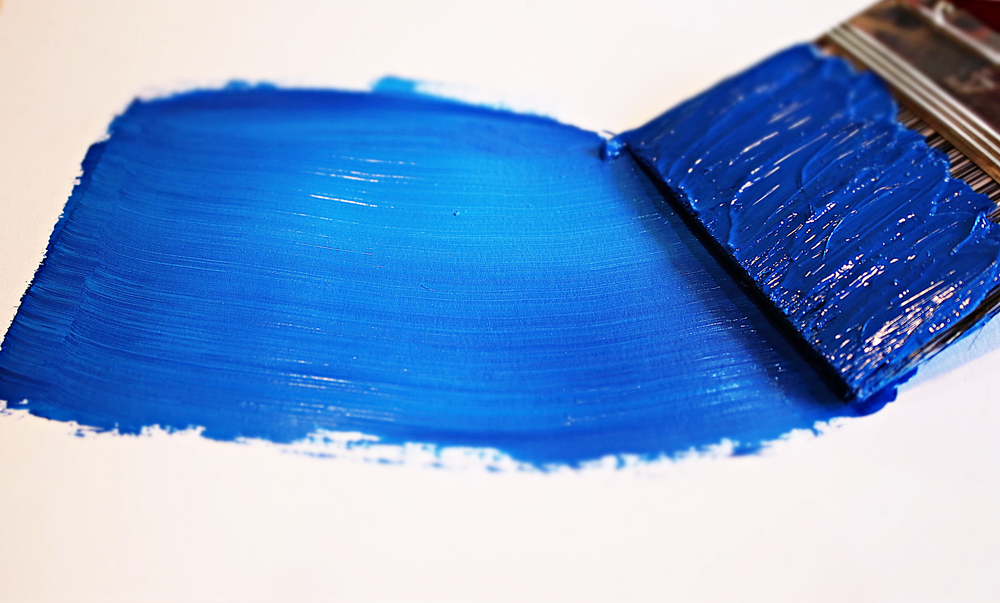Causes of Mold in Wall Painting
Mold is a dangerous living object that grows in different situations. It can be seen in your home, car, office and other places where people usually stay.
Mold can also be dangerous to a person’s health when not treated immediately. Sometimes it is difficult to control the growth or the spread of mold unless you consult a professional mold removal company that is trained to remove severe mold.
1. Mold Spores
The first thing that causes mold is the mold spores that come from the outside. And this cannot be seen by a naked eye. It can enter your house by air movement of spores. So no matter how hard you try to block mold from entering your home, it may not be possible.
2. Moisture
Molds can occur in any water condition, as long as it’s wet or damp, they will exist. And since water is available in most parts of your house, either on walls, drainage, garden, aircon windows, it is possible that molds will be hard to cure.
3. Food Source
Mold feeds on wood or tiny dirt pieces that you do not usually see even if you never skip a day cleaning your house. It can feed on walls, rocks, soil, tiles,carpets, and even on newspapers and fabrics, mostly most of the things you have at home.
4. Oxygen
Like any living thing, mold also relies on oxygen or air. Oxygen helps mold to reproduce or divide cells. Oxygen also is how mold spores transport to different locations.
5. Few Source of Sunlight
Mold cannot live under sunlight because they are more aggressive in dark areas. Sunlight is different from a typical indoor light, so it means that mold can still spread even under tons of light inside your house.
6. Temperature
Too cold or too hot is deadly for mold. Mold is likely to spread more in areas with 22 to 27 Degree celsius and especially when these areas are dark and wet most of the time.

Solution for Mold in Wall Painting
There are non-toxic ways to treat mold in your house. It is safer to the family and of course to some of the things you have that have been captured by mold. Below are DIY solutions that may help you treat mold in your house.
1. Hydrogen Peroxide
Hydrogen peroxide is a product that is antifungal, antibacterial and very useful for mold treatment. By putting 3% of hydrogen peroxide in a spray bottle, spray some of the concentration in the areas covered with mold and let it sit for 10 minutes. Followed by scrubin the area to remove mold stains.
2. Vinegar
Vinegar is an acidic product that can be used for cleaning and disinfecting. By using white vinegar mixed with water in a spray bottle and spraying it on areas with mold, it can not only remove mold stains but can also give shine to the affected area.
3. Baking Soda
Baking soda is a very useful product for home cleaning. Use a quarter tablespoon of baking soda plus water on a spray bottle and apply on areas with mold. Rinse and then wipe afterwards.
4. Lemon and Essential Oil
Lemons also is an acidic product commonly used aside from vinegar. Together with a teaspoon of tea tree oil and a cup of water in a spray bottle, apply it to affected areas and wipe with a clean dry towel.

Causes of Cracks in Wall Painting
Cracks are a common issue in most households. It shows on walls that are usually old and sometimes you cannot figure out the causes. It is also commonly called as hairline cracks, which is usually seen in windows or doors around the house.
1. Age
It is said that it is because of the movement of the ground. You sure are aware that all things above the Earth do move, including the floor you’re stepping on, and the ground your house is standing in. Over time because of the several movements of the floor and walls, cracks are going to eventually appear.
2. New Houses
You may think that new houses has no issues when it comes to wall paintings or construction. The problem for houses that are only a few years old is that the lumber used contains high moisture and as it dries it tends to move a bit causing wall cracks.
3. Vacant Homes
When the house is vacant or has no occupants it causes lack of climate control causing drywall cracks.
4. Leak
This is often in houses with roof tops, when it rains it can cause leaks on windows and roofs and can get into the walls. The tendency is it gives moisture to dry walls to soften and deteriorate.
Solution for Cracks in Wall Painting
1. Joint Compound
A setting type joint compound is a powder mix product and uses a typing knife to apply it between cracks.
2. Leveling and Underpinning
This involves having your house’s footings excavated and injecting concrete compound underneath.
3. Reconstruction
When worse comes to worst it is just necessary to rebuild your wall to avoid further accidents. It is also best to do this with a professional.
Causes of Blistering on Wall Painting
Blistering appears when the paint on your wall loses adhesion to the base coat of paint and because of the spaces, air and at some times water can fill in to the spaces. And if you think covering it with a new coat is the best way, it is not. The loss of hold between the paint and the surface has an impact to cause blistering or little bubbles that soon may cause your wall paint to peel.
1. Dirty Surface
The first step in painting your wall is to make sure that it is clean to avoid bubbles or blisters. There is usually small dust, or dirt that you may not see or notice before painting your wall. And these small dusts may contribute a lot to a blistering wall. It makes a border between the paint and the surface, leaving a small space where air and water can enter.
2. Lack of Primer
It is always important to include a primer when painting your wall. Its purpose is to give a surface where the secondary paint will stick to. Because new paint doesn’t stick into the wall directly. A primer acts like an adhesive in between the paint and the wall.
3. Surface Is Moist
Moisture on walls can cause water-filled bubbles. You can see this mistake mostly in the bathroom, kitchen and areas that are usually wet and use a big amount of water. Because the surface is wet or damp the paint doesn’t stick well to the surface, making its hold weak or loose which is easy enough for air and bubbles to enter.
4. Surface Is Too Hot
When the surface is too hot the paint can dry easily and can cause uneven surfaces and will eventually cause bubbles. Because paint is applied by section, with a surface too hot the drying process is not equal.
5. Wrong Roller Cover
Choosing a roller cover is also important. It should fit the texture of the wall you are about to paint. Some roller covers are meant for rough textured walls and some are for smooth textured walls, so remember to be aware of the texture of your wall when buying a roller cover.
Solution for Blistering on Wall Painting
- Use the scrapping-and-patching technique when correcting the damaged paint on the wall then clean it with a sponge with soapy water and wipe using a rug.
- Use oil-based or latex primers
- Check where water or moisture is coming from. Remember that moisture is one of the paint’s enemies. Because moisture does a lot of damage to a wall painting, it softens the surface and causes the paint to loose hold on to the surface.
- Be aware of the wall temperature. Similar to waxing your car, temperature is also important when you are applying paint.
- Stir your paint slowly. Rapid stirring of paint can cause air bubbles.
Causes of Chalking in Wall Painting
Chalking or the dusty, powdery feel that you get when you touch the wall. It is usually a sign of the paint fading its color and it will be a problem when you think of repainting your wall. There are many reasons why this is happening to your wall, and it is very important to know the causes and learn how to treat it.
1. Long-Term Exposure to Moisture and Sunlight
Sunlight has a big impact with a lot of objects or products, and the same with paint when your wall is exposed too much to sunlight, it causes it to dry and can cause the powdery like texture in your walls which is a sign of the paint fading its color.
2. Using a Low-Quality Paint
Paints are known to be expensive, and this is because of the pigments and the process used in making the paint. But some paints that are cheap don’t give much effort into the pointers mentioned. Which means that low quality paint may easily fade its color and rip off your wall sooner than other painting brands. And it may cost you more than buying one brand which is a bit expensive but will not make you buy another set of paint after a few years.
3. Over Thinning the Paint or Spreading It Too Thin
Sometimes some people tend to maximize the use of their paint, which is not a very advisable thing to do when it comes to having a good quality painted wall. It may be advisable to put a thin layer on your wall, but it depends on the way you apply it. It is best advised to put two thin layers to coat the surface rather than one thick layer, but be mindful of how thin it is.
4. Not Priming and Sealing the Surface
It is always important to include a primer when painting your walls. It helps the main color stick to the wall and lessen the tendency of the paint to fade or rip off. It may even cost you more because whenever walls are not primed before painting there are a lot more issues possible than just chalking. As mentioned above. It may cost you less trouble in the future when you consider using a primer before painting the surface.
Solution for Chalking in Wall Painting
- Determine the degree of chalking by rubbing the surface with a finger.
- Remove all chalk by pressure-washing or sand-blasting. These are two kinds of pressure techniques that can remove the dust fast. If a pressure washer is not available, you can also scrub the surface with a stiff brush and uchoose a mild detergent to wash it off. Rinse thoroughly with a strong stream of water from a garden hose.
- For remaining chalk or powder you may use an alkyd-based masonry primer as the first coat of paint. Finish using a high-quality topcoat. Always remember that quality is better than worrying about the cost for wall painting. Cheap paints may be cheap but in the long-term it will just cost you more with re-paintings.

How to Paint Your Room Based on Wall Conditions
Causes of Yellowness in Wall Painting
Yellowness is a common problem that happens in wall painting. It does not only pertain to aesthetics problems but also can be early indications about issues in the deeper layers of your infrastructure. There are several reasons that may cause white walls to turn yellow. Here are some of these possible causes:
1. Oil-Based Paint
The root cause of your yellow walls may be seen within the paint itself. Oil-based paints have a higher tendency of discolouration. Of course, it has various advantages such as its ability to hide imperfections and resist scuffing, but yellowing is something you need to consider.
2. Aging
Yellowing is a natural part of the drying and ageing process of wall paints. Ageing is another common reason behind the discolouration of your wall painting. So, if it has been a while since you painted your home, do not be surprised if you notice the yellow color in your interior.
3. Lighting
Light exposure is another factor to consider if you want to keep your wall in its clean and pristine condition. The reason behind this is the chromophores found in oil-based paints. As a result, a surface with a lack of light tends to suffer from discoloration, while a well lit space has a higher chance to maintain its wall painting.
4. Moisture
Moisture is one of the most well known causes of yellow wall painting. If you notice a water leak in areas within your home, it is not surprising to see discolouration in the surfaces near it. Moreover, smoking inside the home and cooking also causes moisture in the air, resulting in yellowing paint stains.
Solutions for Yellow Wall Painting
1. Choose Appropriate Paint
Oil-based alkyd paints are more prone to yellowing over time. They are a great option for the home as it’s extremely durable and you can scrub them frequently without affecting their colour. However, the chemicals in its formulation causes wall painting to become yellow over time. Instead of oil-based paints, you may want to opt for latex paint, especially in areas exposed in sunlight.
2. Consider Light Source
Natural- and even artificial- light helps to slow down the discolouration of painted surfaces, especially those that use oil-based paints. If you are opting for oil-based paints, use them in areas in rooms that receive a great amount of light. For more secluded surfaces, such as closed pocket doors and cupboard interiors, it is best to avoid oil-based alkyd paints.
3. Think About Location
We tend to use one type of paint for the majority of our interior. However, to avoid a large amount of discolouration on wall painting, match the type of paint to its location. Alkyd paints are often used in bathrooms and kitchens for its water and mildew resistance. If you are going to paint the area white, do not apply it directly next to white tiles, countertops, or cabinets as it accentuates even a slight yellowing on wall painting.
4. Control Environmental Factors
As mentioned, moisture, cigarette smoke, and cooking grease cause yellowing wall painting. So, you need to be aware of issues within your interior. Address water leakage immediately so that surfaces don’t accumulate moisture. Also, install proper kitchen ventilation to avoid grease buildup. Lastly, do not smoke indoors, and place a smoking area outside the home.
5. Avoid Using Ammonia
Ammonia quickens the discolouration process among alkyd paints. When cleaning, make sure to stay away from ammonia-based cleaners and stain removers. To get the perks of two types of paint, you may use both in a surface. If you are using latex paint, layer it first as they release ammonia as they dry. Let it set for at least 24 hours to make sure the ammonia has evaporated, before applying a coat of alkyd paint.
M3M for Wall Painting Services in Singapore
Now, you might already have an idea about the causes and solutions for yellow wall painting. All that’s left now is to execute. However, it may be overwhelming to do this task yourself. Eliciting professional help will make sure you are getting results that you are satisfied with all year round.
M3M Multiservices Pte Ltd is one of the leading contractors in Singapore. For 9 years, the company has built a strong clientele through its excellent services, both in safety and aesthetics. M3M also offers an on-site analysis to figure out the solutions that will best suit the needs of your property.
Aside from house painting, the company also offers other services such as waterproofing, minor works in construction, and other general contract work, to ensure that ceiling leaks will not be a problem in the long run. M3M is a reliable company that delivers high-quality service every time.


